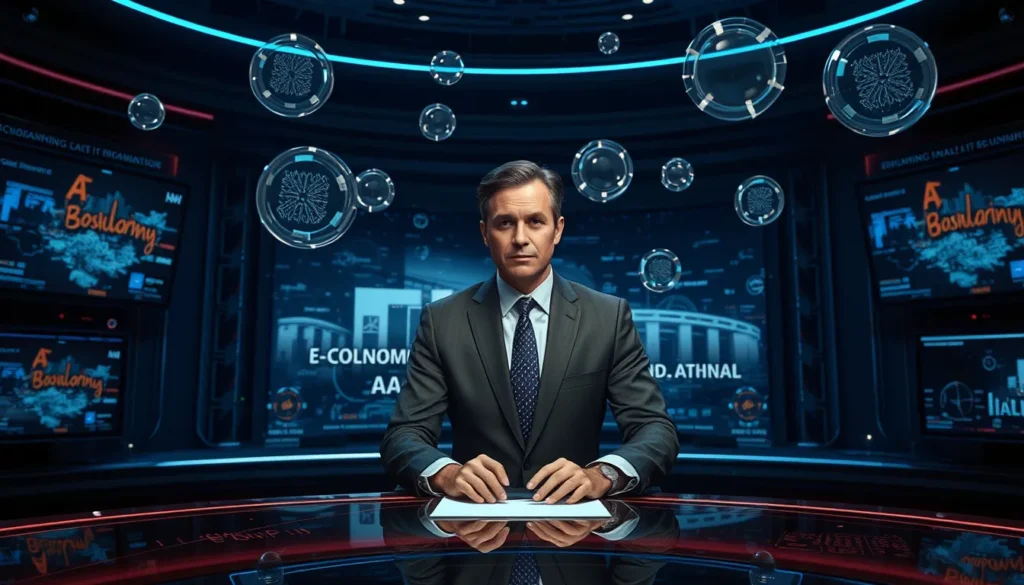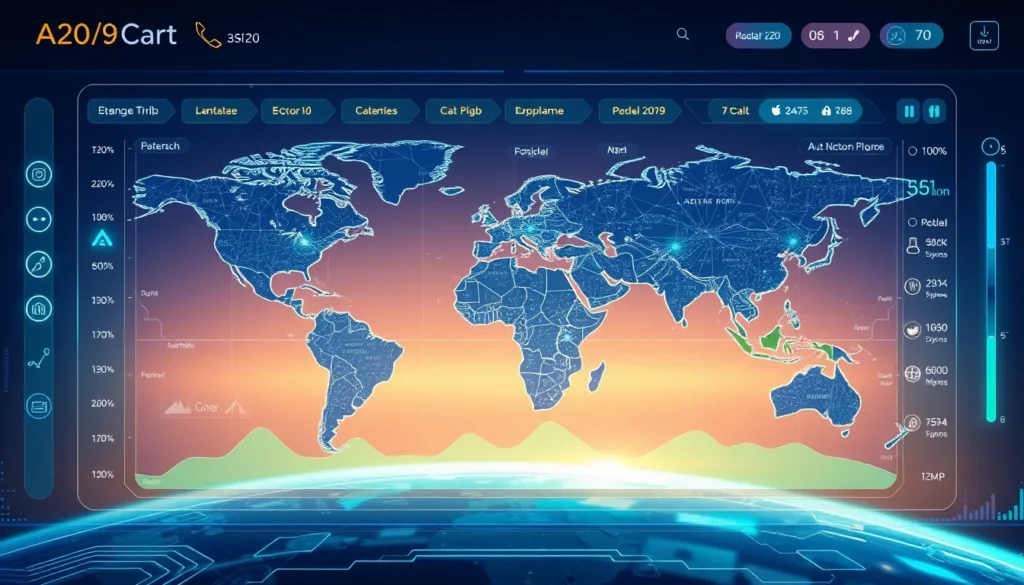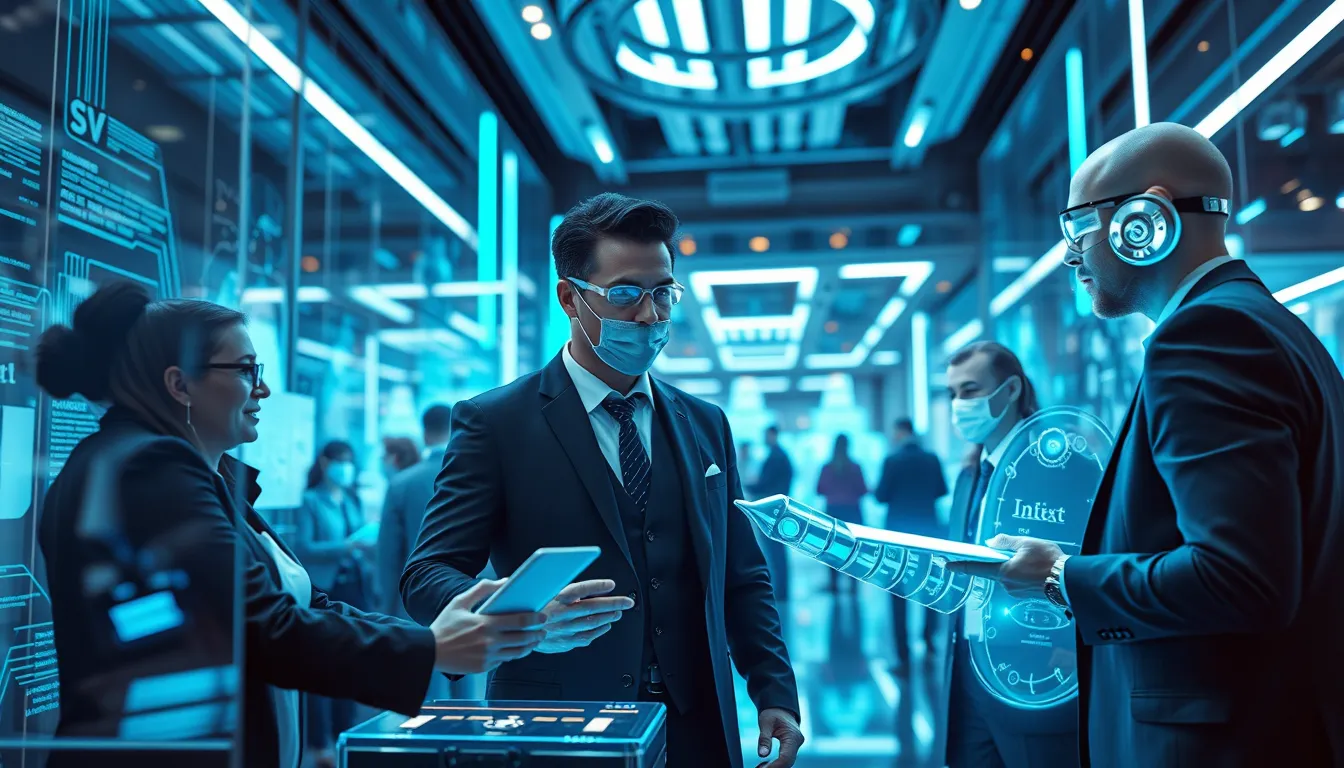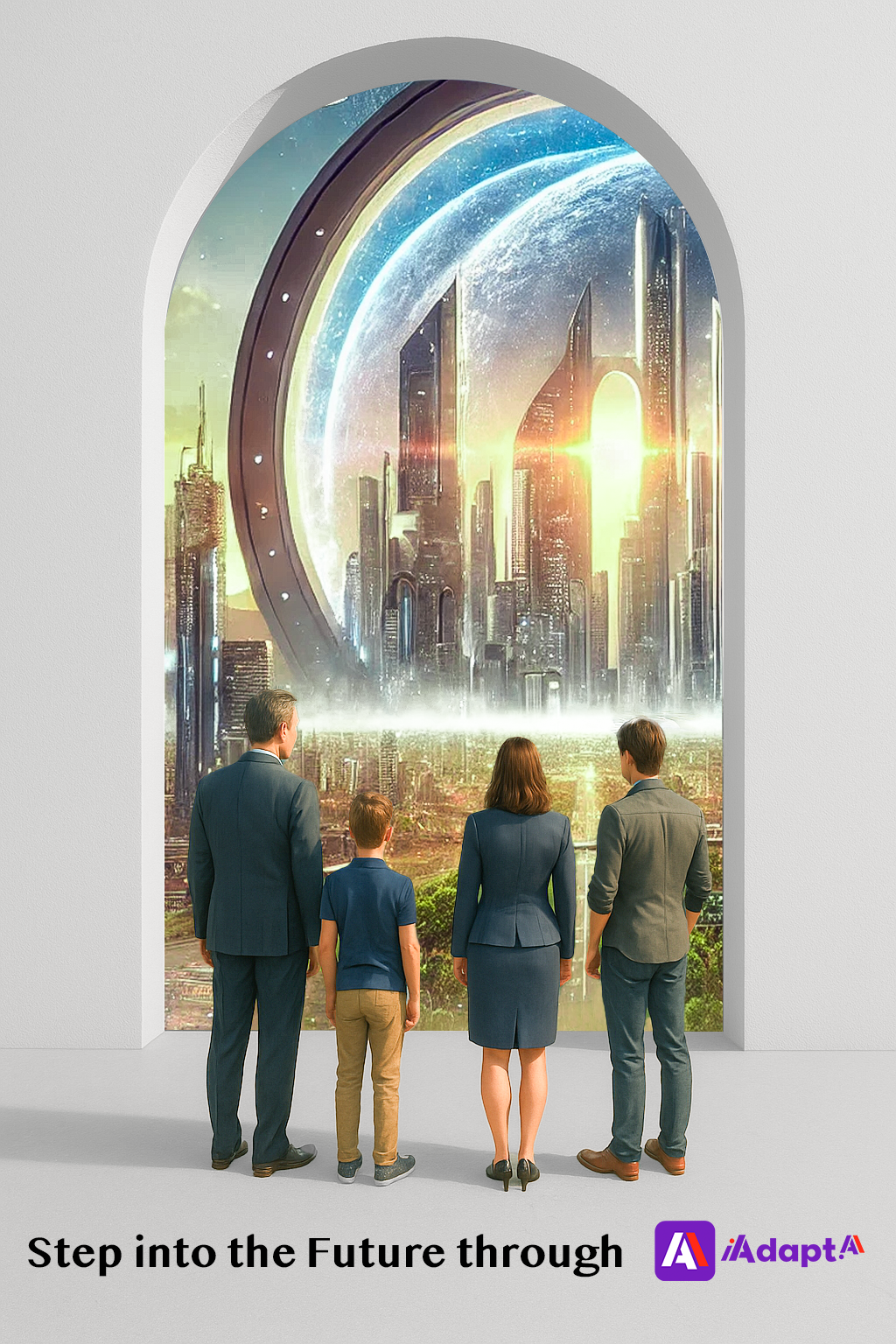Now Reading: io brand & OpenAI Hardware Deal: Unveiling the Future
-
01
io brand & OpenAI Hardware Deal: Unveiling the Future
io brand & OpenAI Hardware Deal: Unveiling the Future

io brand & OpenAI Hardware Deal: Unveiling the Future
The tech world is buzzing with news about the ever-evolving journey of the io brand. Once a symbol of high-end design led by industry visionary Jony Ive, io brand has undergone a transformation that coincides with a groundbreaking OpenAI hardware deal. This article explores the evolution of io brand, examines the implications of the OpenAI partnership, and delves into the enduring legacy of design in AI hardware.
The Evolution of io brand and Its Impact
io brand, once celebrated for its innovative design approach, has taken a new direction in recent months. The disappearance of its public persona has left industry watchers questioning, “what happened to io brand?” Despite the changes in branding, the core technology and strategic objectives remain intact. The decision to evolve the brand is seen as a tactical move to align the company more closely with the dynamic market trends and technological advancements in AI hardware. This transformation highlights how established design philosophies can adapt to a rapidly changing technological landscape.
The rebranding does not undermine the value of the original vision. Instead, it reflects the need to be agile in a market where design and functionality must go hand in hand. The strategic partnership with OpenAI is a testament to this vision, as it emphasizes a commitment to merging cutting-edge AI research with sleek, custom hardware solutions.
OpenAI Hardware Deal: A Game Changer
At the heart of this evolution is the significant hardware deal with OpenAI. As the leading research organization known for its innovations in artificial intelligence, OpenAI is pushing the boundaries of what AI can achieve. By integrating custom-designed hardware into its operations, OpenAI is setting new standards for efficiency and performance.
This collaboration is not just about technological upgrades; it represents a symbiotic relationship where design excellence meets engineering prowess. The deal underscores a broader industry trend where companies invest in specialized hardware to support the increasingly complex computational needs of next-generation AI systems. For more information on OpenAI’s revolutionary work, visit their official website at https://www.openai.com.
Jony Ive’s Design Legacy in AI Hardware
Jony Ive’s influence on the design world is indisputable. His legacy, characterized by minimalist aesthetics and functional brilliance, paved the way for innovations that redefined consumer electronics. In the context of io brand, his design ethos is still very much alive. The integration of style, usability, and advanced technology in AI hardware is a clear reflection of his vision.
Although the io brand has stepped back from the limelight, the design principles it embodied continue to resonate throughout the tech industry. Jony Ive’s work serves as an inspiration, reminding us that true innovation harmonizes art and engineering. Those interested in learning more about his design philosophy can explore details on Apple’s leadership page at https://www.apple.com/leadership/jony-ive/.
Addressing the FAQs: What Happened to io brand?
- What happened to io brand?
io brand has undergone a strategic transformation. While the public-facing name may have been retired, the underlying initiatives—especially the hardware deal with OpenAI—continue to drive innovation. The change is a part of a broader strategy to rally resources around core technological advancements. - How does the OpenAI hardware deal influence the future?
The deal signals a move towards bespoke hardware solutions aimed at meeting the rigorous demands of modern AI applications. This also reflects the industry’s recognition of the need for designs that can support and enhance artificial intelligence algorithms. - What is the significance of Jony Ive’s legacy now?
Jony Ive’s design legacy remains a guiding force. His emphasis on minimalism, functionality, and forward-thinking aesthetics is evident in the design of new AI hardware solutions. This legacy continues to impact how technology meets design in today’s competitive market.
Future Prospects and Conclusion
The future of io brand, despite its rebranding, appears promising. The continued collaboration with OpenAI indicates that even if a brand name evolves or disappears, the drive for innovation and excellence remains constant. The current focus is on developing hardware that is not only efficient but also embodies the artistic vision of design legends like Jony Ive.
This ongoing journey reflects a larger trend in the tech industry: the blending of conceptual design with practical functionality. As companies navigate the complex environment of tech partnerships and rapid innovation, the ability to adapt becomes paramount. Whether it is through rebranding or forging powerful alliances, the essential goal remains the same—to create technology that transforms and elevates user experiences.
In conclusion, the story of io brand is not one of disappearance, but of evolution. It serves as a reminder that in the fast-paced world of technology, change is inevitable. What truly matters is the commitment to innovation, exemplified by the OpenAI hardware deal and the enduring influence of Jony Ive’s design legacy. The fusion of creative vision and technological innovation continues to chart a bold new course in the realm of AI hardware, promising exciting developments for the future.
As we continue to watch these trends, it becomes clear that the disappearance of a brand name does not equate to the end of innovation. Instead, it marks the beginning of new opportunities where design and technology coalesce to define the future of the digital landscape.

























